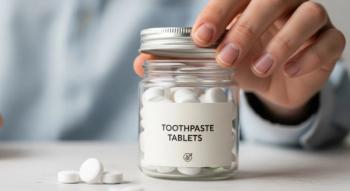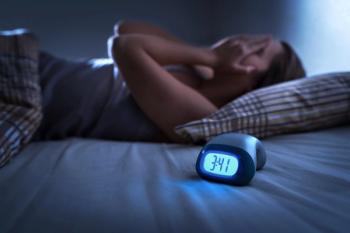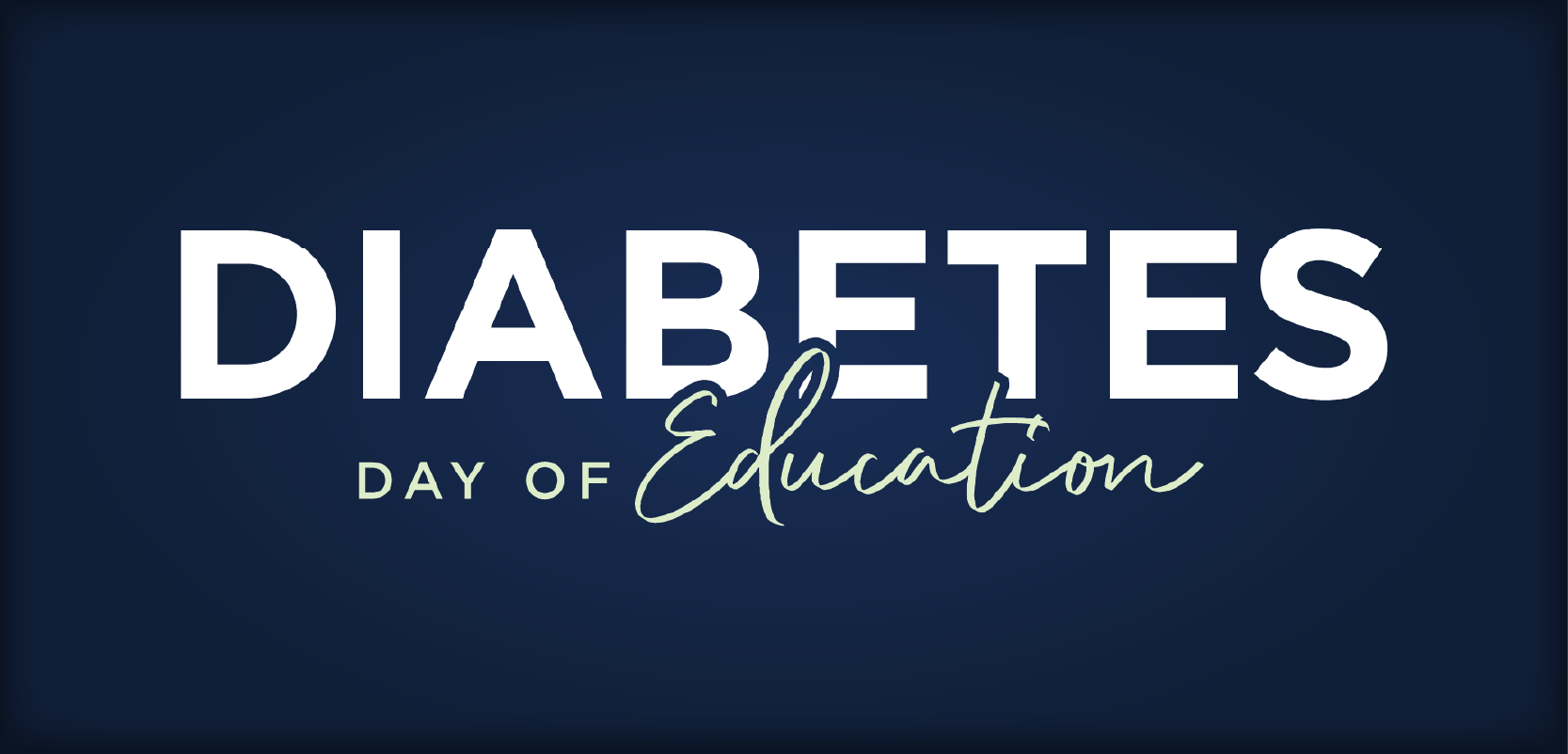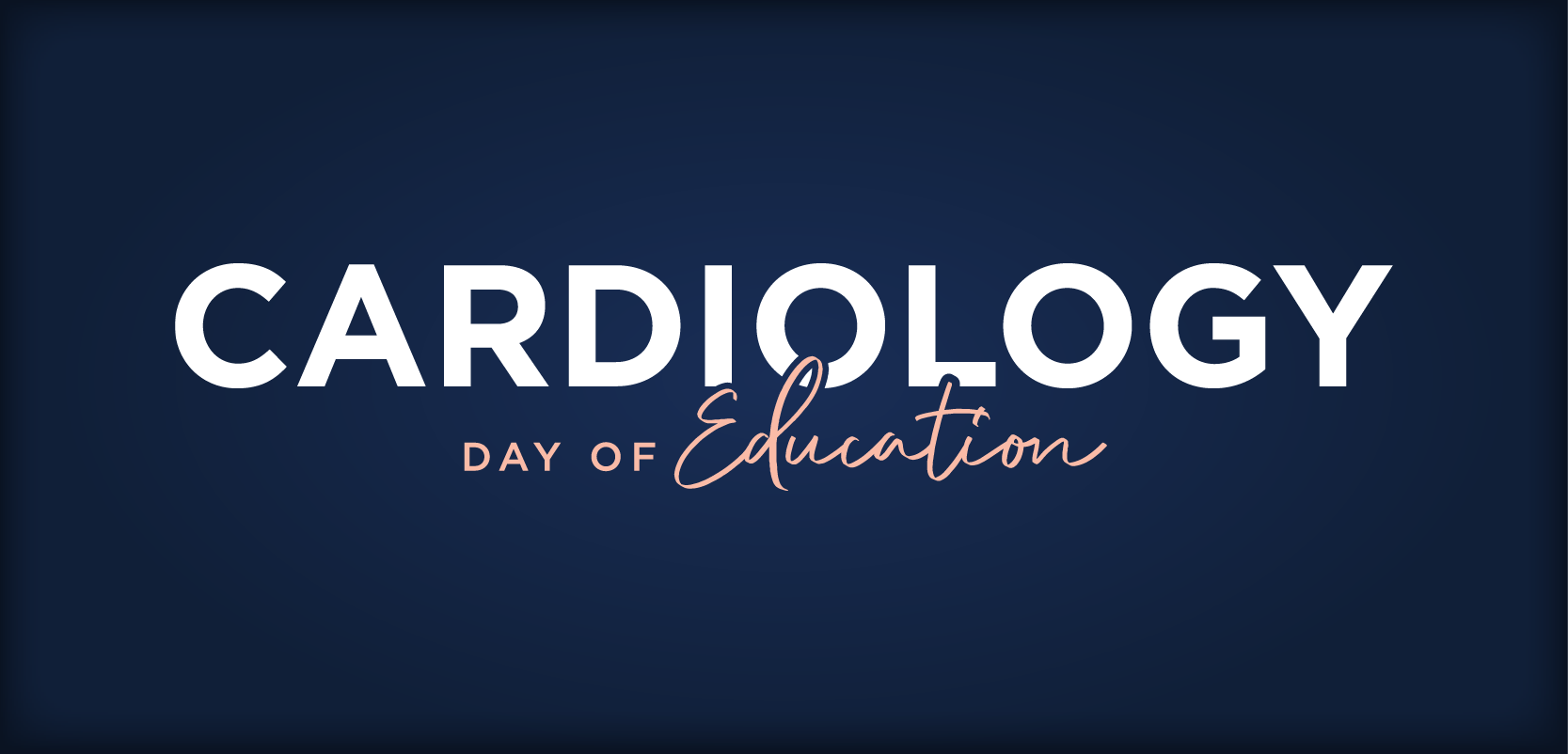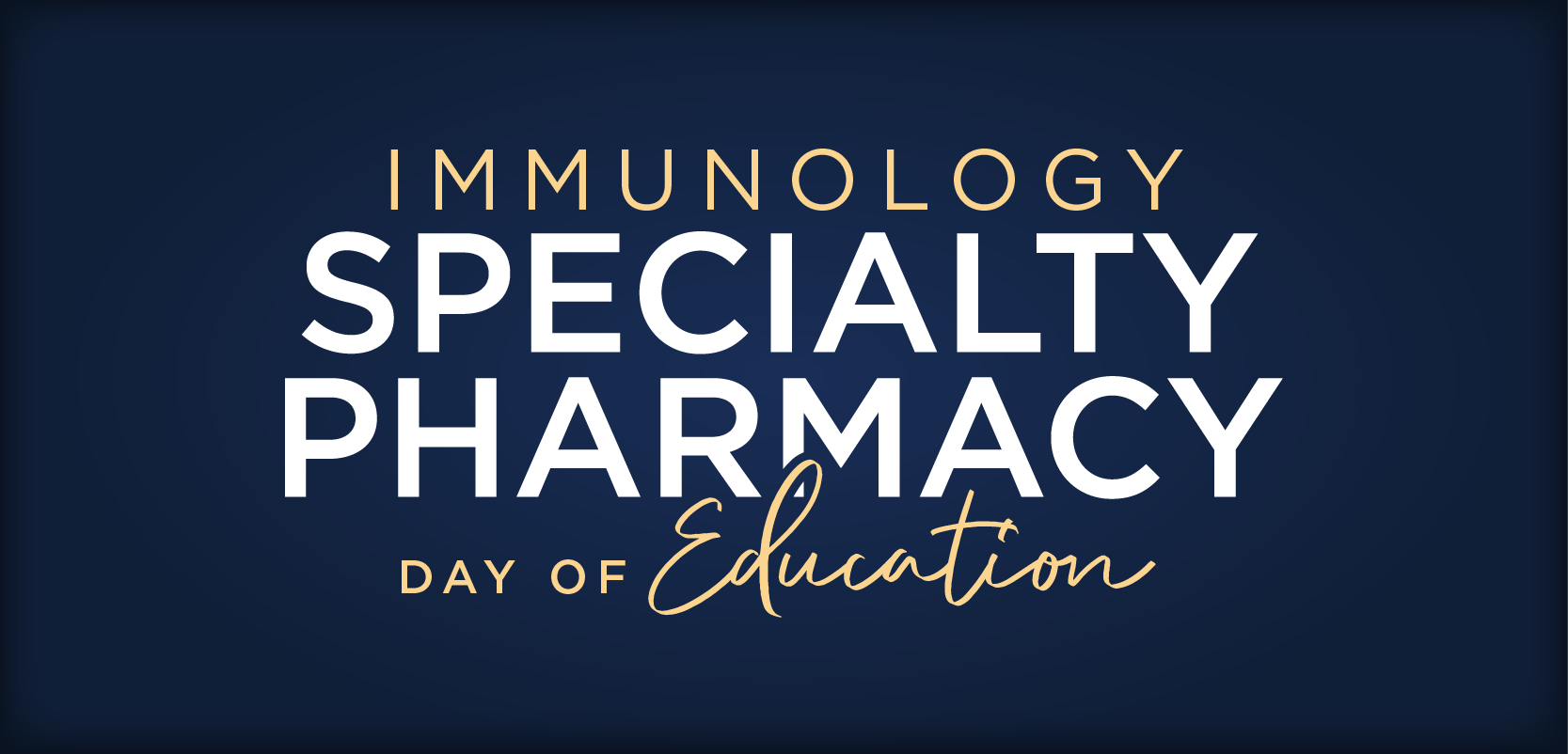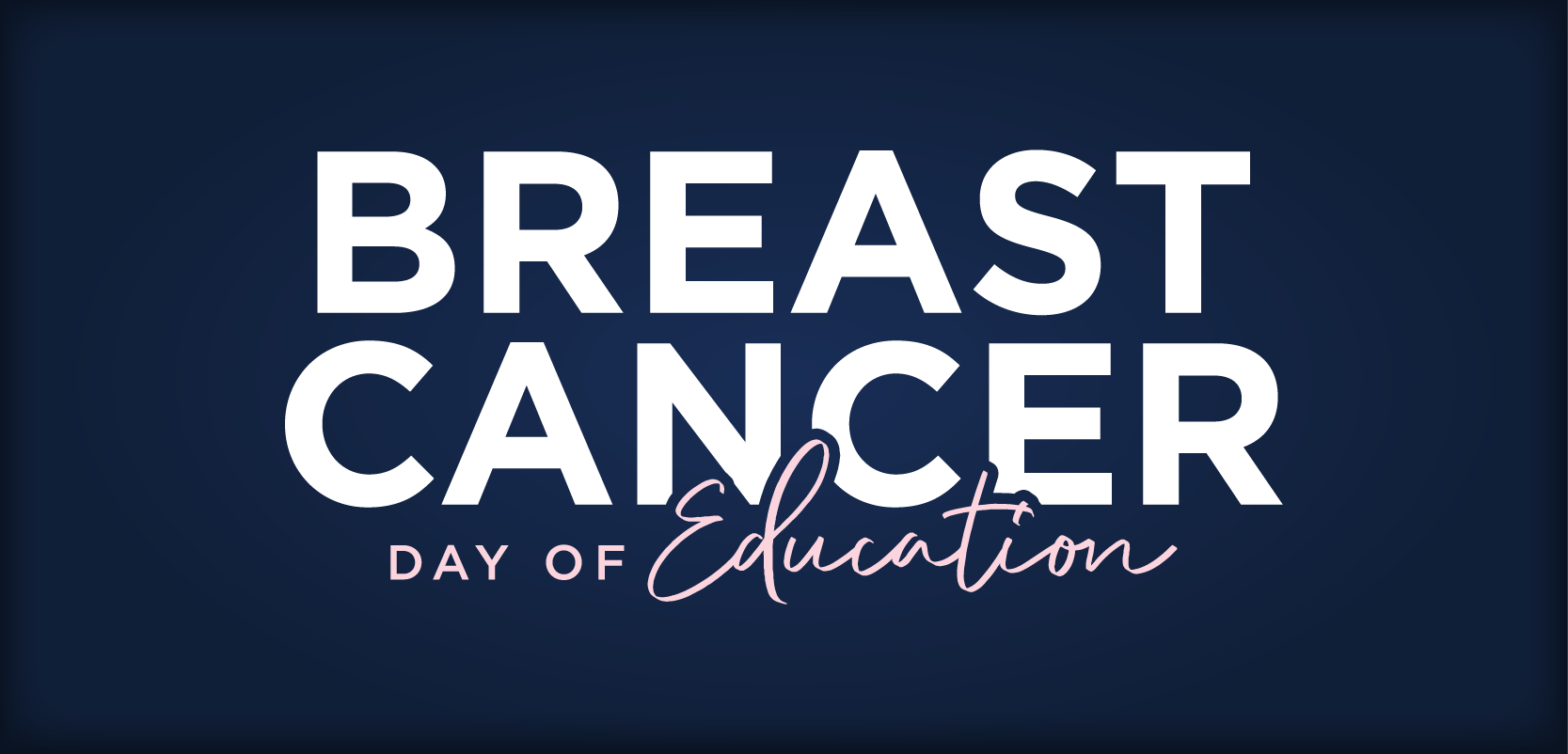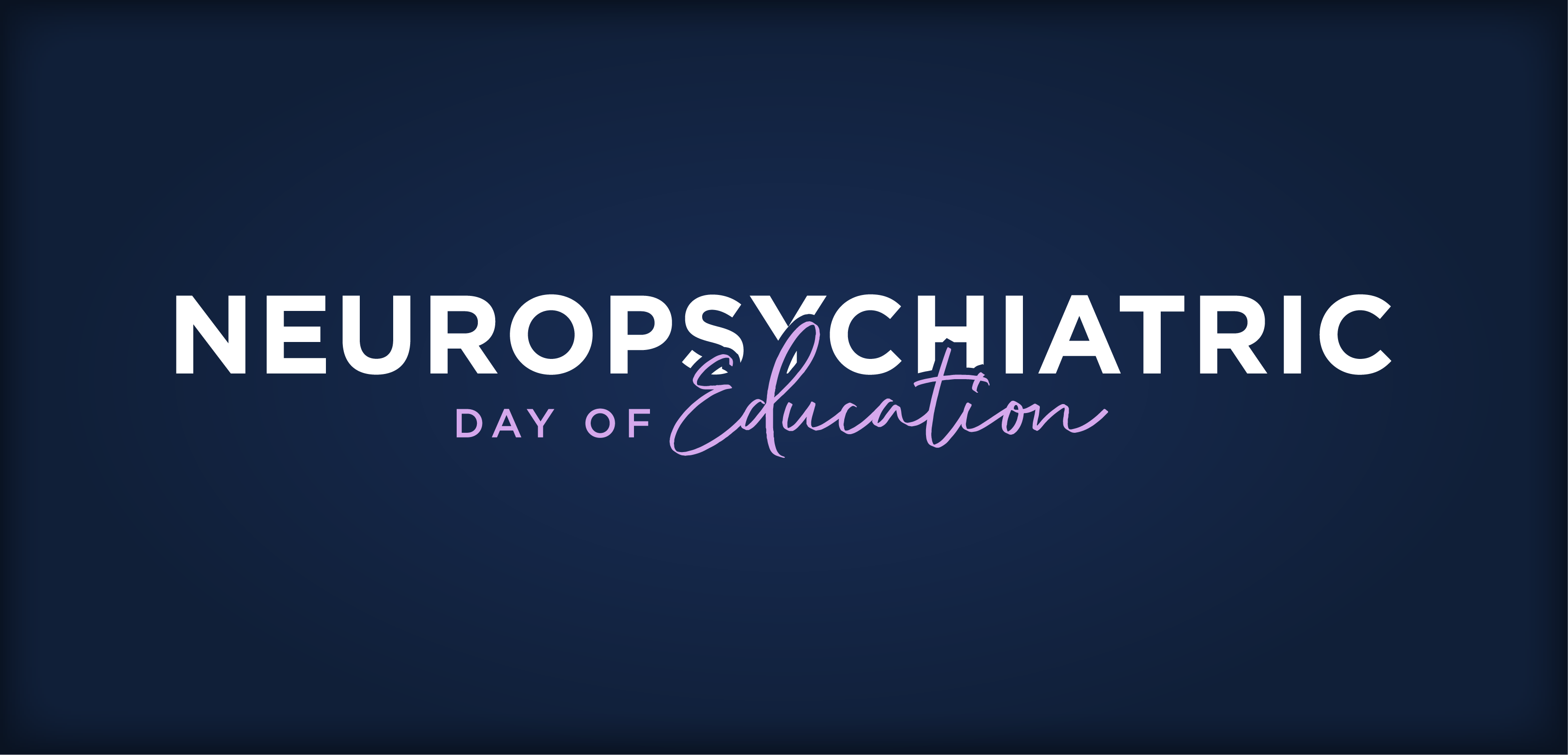
9 Million Americans Use Prescription Sleep Aids, CDC Reports
The report found that use of the sleep aids was more common among women, those who were older, and those who had attained more education.
The report found that use of the sleep aids was more common among women, those who were older, and those who had attained more education.
Nearly 9 million, or approximately 4%, of adults in the United States take prescription drugs to help them sleep, according to a report released in August 2013 by the Centers for Disease Control and Prevention (CDC). The media and pharmaceutical companies have reported that sleep aid use has significantly increased over the past 2 decades, and the
As part of the National Health and Nutrition Examination Survey 2005-2010, approximately 17,000 study participants were interviewed on their use of prescription drugs in the past 30 days. Those who had taken medications were asked to show their prescription bottles to the interviewer, who recorded the drug information. Participants also provided self-reports of sleep duration and disorders, as well as demographic information.
Adults aged 20 and older who used butabarbital, chloral hydrate, estazolam, eszopiclone, flurazepam, quazepam, ramelteon, temazepam, triazolam, zaleplon, or zolpidem were classified as prescription sleep aid users. Those who reported using antidepressants commonly prescribed for sleep disorders, including amitriptyline, doxepin, mirtazapine, and trazodone, were also considered to be sleep aid users.
Using the survey data to approximate rates of use for the entire population, the researchers found that approximately 4% of all adults used prescription sleep aids. Sleep aid use varied by age; just 2% of those aged 20 to 39 were sleep aid users, compared with 6% of those aged 50 to 59 and 7% of those aged 80 and older. More women used prescription sleep aids than men—5% compared with 3.1%—and whites (4.7%) were more likely to use the drugs than were African-Americans (2.5%) and Mexican-Americans (2.0%).
The results also indicated that sleep aid use increased with education. Only 3% of adults without high school diplomas reported using sleep aids, compared with 3.9% of those who graduated from high school and 4.7% of those who received more than a high school education.
Sleep aid use also varied by sleep duration, as 6% of those who reported sleeping less than 5 hours per night and 5.3% of those who slept 9 or more hours per night were sleep aid users. Only 3.8% of adults who reported 6 hours of sleep per night, and 4.1% of those who reported 8 hours of sleep per night took sleeping pills. More than 16% of adults with diagnosed sleep disorders and approximately 13% of those who told their doctors they had trouble sleeping were prescription sleep aid users.
Newsletter
Stay informed on drug updates, treatment guidelines, and pharmacy practice trends—subscribe to Pharmacy Times for weekly clinical insights.



